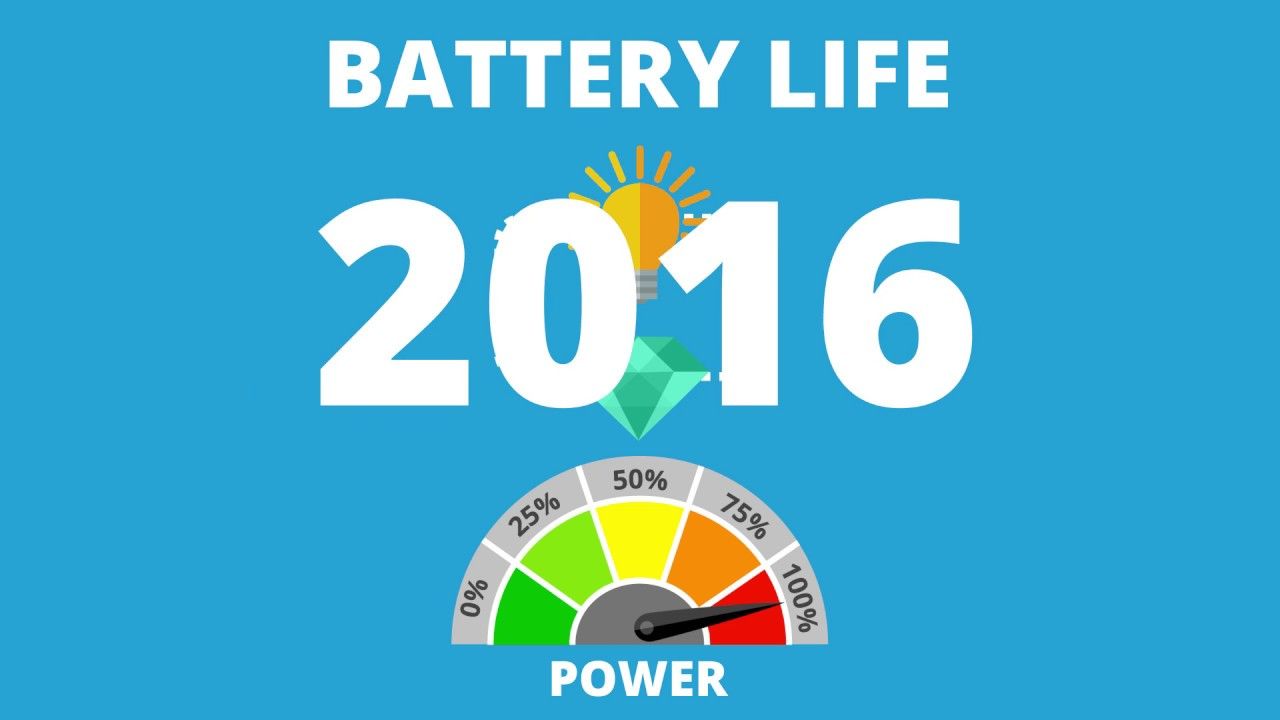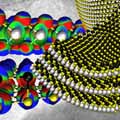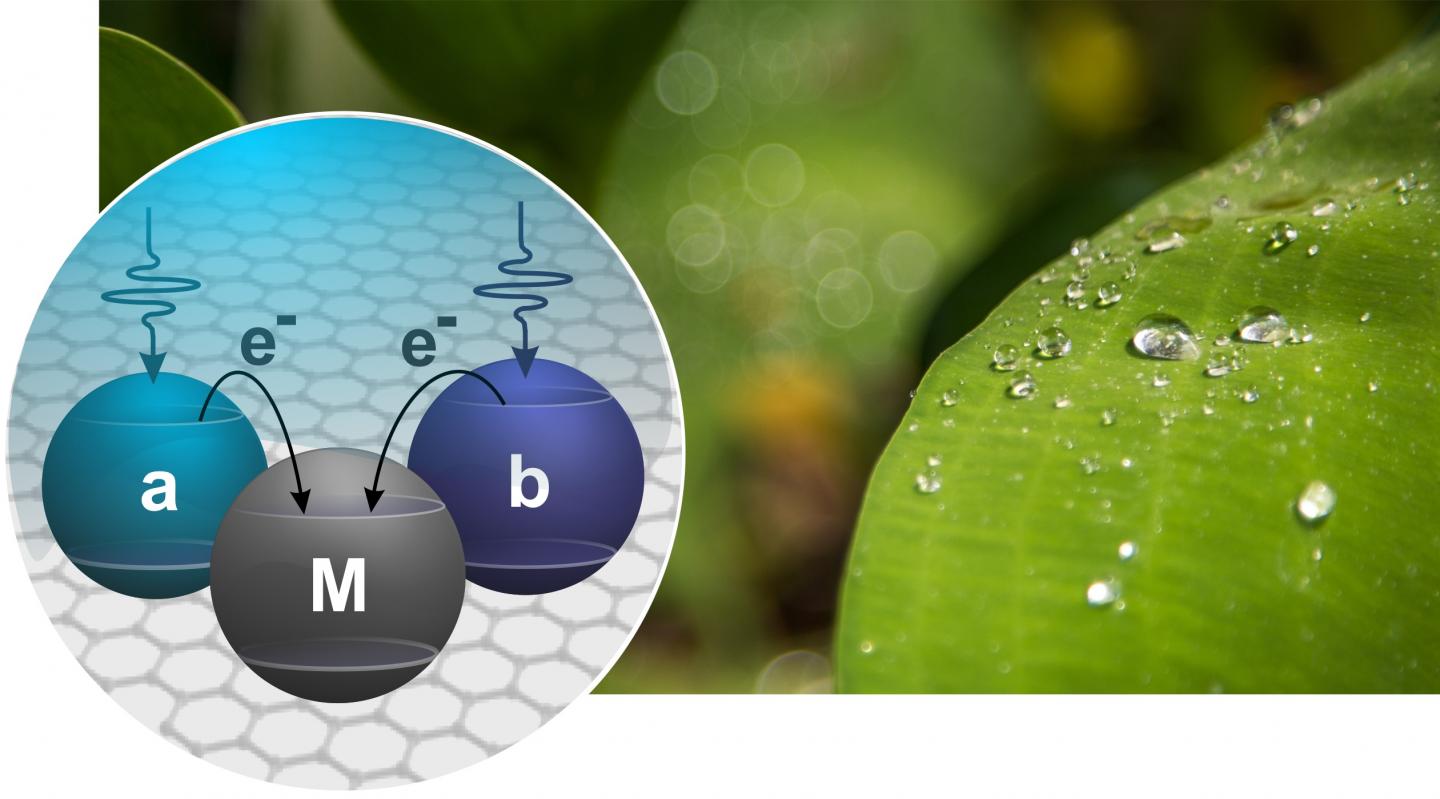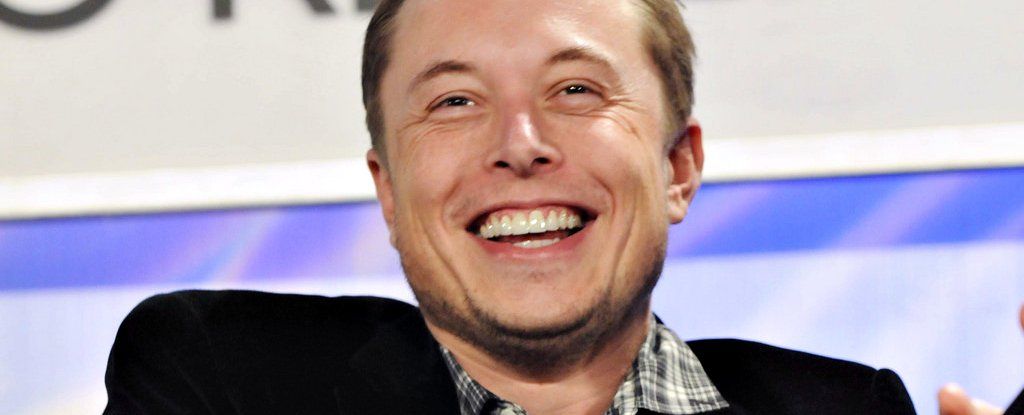Archive for the ‘sustainability’ category: Page 588
Dec 5, 2016
Light Harvesting “Quantum Photocells” Herald A New Age in Solar Energy
Posted by Shane Hinshaw in categories: biological, quantum physics, solar power, sustainability
In Brief
- By combining the fields of quantum physics and biology, researchers have developed more efficient solar cells inspired by photosynthesis.
- With current solar cells wasting about 80 percent of the energy absorbed, it will be interesting to see what future innovative approaches will allow in the pursuit toward universal clean energy.
Science once again reaches a milestone in technology by modeling it after nature. Researchers have devised a new type of highly efficient photocell by studying photosynthesis in plants.
Nathan Gabor, assistant professor for physics and astronomy at the University of California, Riverside, led research spurred by a simple question as to why plants are green. This eventually led to a quest to mimic plants’ ability to efficiently harvest energy from the Sun regardless of how erratic the sunlight is.
Continue reading “Light Harvesting ‘Quantum Photocells’ Herald A New Age in Solar Energy” »
Nov 30, 2016
Team combines quantum physics and photosynthesis to make discovery that could lead to highly efficient solar cells
Posted by Shane Hinshaw in categories: biological, quantum physics, solar power, sustainability
A University of California, Riverside assistant professor has combined photosynthesis and physics to make a key discovery that could help make solar cells more efficient. The findings were recently published in the journal Nano Letters.
Nathan Gabor is focused on experimental condensed matter physics, and uses light to probe the fundamental laws of quantum mechanics. But, he got interested in photosynthesis when a question popped into his head in 2010: Why are plants green? He soon discovered that no one really knows.
During the past six years, he sought to help change that by combining his background in physics with a deep dive into biology.
Nov 30, 2016
SpaceX Set To ship Audi To The Moon
Posted by Andreas Matt in categories: space travel, sustainability
Audi are joining the electric car market with the Quattro e-tron, expected in 2018, but in the meantime, they have revealed they expect SpaceX to ferry a special vehicle to the moon for them.

Also Check: Jaguar join the electric car market.
Nov 29, 2016
Diamond Batteries Made of Nuclear Waste Can Generate Power For Thousands of Years
Posted by Shailesh Prasad in categories: biotech/medical, nuclear energy, satellites, sustainability

In Brief
- Scientist have developed an ingenious means of converting nuclear power plant waste (76,430 metric tons in the US alone) into sustainable diamond batteries.
- These long-lasting batteries could be a clean and safe way to power spacecraft, satellites, and even medical devices.
Nov 26, 2016
Biologist discusses a synthetic metabolic pathway that fixes carbon dioxide and synthetic biology
Posted by Karen Hurst in categories: bioengineering, biological, climatology, sustainability
A synthetic metabolic pathway developed by Tobias Erb and his colleagues at the Max Planck Institute for Terrestrial Microbiology in Marburg converts CO2 from the atmosphere into organic matter more efficiently than plants are able to through photosynthesis. We asked the researcher what significance this process could have for climate protection, discussed the hurdles the research team had to overcome to achieve their goal, and looked at the new perspectives that synthetic biology opens up.
Does the synthetic metabolic pathway that fixes CO2 now represent an effective means of curbing climate change?
Firstly, we are aiming to understand the fundamental biological and chemical principles of how CO2 in gaseous form can be converted into organic molecules. Our primary motivation is not stopping climate change. We are seeking to develop atmospheric CO2 as a source of carbon for the future using biological methods. Producing a CO2-neutral process or even one that removes CO2 from the atmosphere and has a positive impact on the climate would be a fantastic secondary effect.
Nov 22, 2016
A synthetic biological metabolic pathway fixes CO2 more efficiently than plants
Posted by Karen Hurst in categories: biological, climatology, food, sustainability

In future, greenhouse gas carbon dioxide could be removed from the atmosphere by deploying a new biological method. A team headed by Tobias Erb, Leader of a Research Group at the Max Planck Institute for Terrestrial Microbiology in Marburg, has developed a synthetic but completely biological metabolic pathway based on the model of photosynthesis that fixes carbon dioxide from the atmosphere 20% more efficiently that plants can photosynthetically. The researchers initially planned the new system, which they presented in the magazine Science this week, on the drawing board and then turned it into reality in the laboratory.
Climate change is one of the most pressing challenges of our time. The concentration of carbon dioxide (CO2) in the atmosphere owing to human activities has continually risen since the start of the Industrial Revolution. All scientific evidence indicates that this increase is exacerbating the greenhouse effect and changing the climate. The consequences are already clearly evident. To overcome the environmental as well as the social challenge of climate change, “we must find new ways of sustainably removing excessive CO2 from the atmosphere and turning it into something useful,” underlined Erb, who leads a Junior Research Group at the Max Planck Institute in Marburg.
Continue reading “A synthetic biological metabolic pathway fixes CO2 more efficiently than plants” »
Nov 22, 2016
Tesla powers a whole island with solar to show off its energy chops
Posted by Klaus Baldauf in categories: Elon Musk, finance, solar power, sustainability

Tesla completed its $2.6 billion acquisition of SolarCity this week, and, to celebrate, the company has announced a major solar energy project: wiring up the whole island of Ta’u in American Samoa. Previously, the island ran on diesel generators, but over the past year Tesla has installed a microgrid of solar energy panels and batteries that will supply “nearly 100 percent” of power needs for Ta’u’s 600 residents.
The project seems intended to show off the potential benefits of the SolarCity acquisition, with Ta’u’s microgrid comprised of 5,328 solar panels from SolarCity and Tesla, along with 60 Tesla Powerpacks batteries for storage. But buying SolarCity remains a risky move for Tesla, with the purchase including billions of dollars of debt for a company that’s far from profitable (SolarCity spends $6 for every $1 it makes in sales). Nevertheless, Tesla CEO Elon Musk describes the acquisition as “blindingly obvious” — a necessary step in his so-called “Master Plan” to integrate clean energy generation and storage.
Continue reading “Tesla powers a whole island with solar to show off its energy chops” »
Nov 20, 2016
Elon Musk Says a Tesla Solar Roof Could Cost Less Than Your Crappy Normal Roof
Posted by Shane Hinshaw in categories: Elon Musk, solar power, sustainability
The solar revolution.
Tesla CEO Elon Musk said the solar roof that will be sold under a combined Tesla-SolarCity will likely cost less than a normal roof to install.
Tesla and SolarCity shareholders voted in favour of the US$2 billion deal Thursday. In late October, Musk unveiled a new solar roof product to show his vision for a combined company with SolarCity, but did not provide specifics on how much it would cost.
Continue reading “Elon Musk Says a Tesla Solar Roof Could Cost Less Than Your Crappy Normal Roof” »
Nov 16, 2016
Solar-energy paradigm for generating singular nanomaterials
Posted by Karen Hurst in categories: nanotechnology, solar power, sustainability
Immensely concentrated sunlight provides a novel method for the synthesis of many nanomaterials that possess remarkable photonic, tribological, electronic, and catalytic properties.

The solar paradigm of creating singular nanomaterials that possess unprecedented photonic, tribological, electronic, and catalytic properties is arguably far less familiar than the energy-saving paradigms of solar photovoltaics and solar thermal systems. Much of the research in this field has evolved over the past decade from our collaborations (i.e., between researchers at Ben-Gurion University of the Negev and the Weizmann Institute of Science, Israel).
Continue reading “Solar-energy paradigm for generating singular nanomaterials” »














